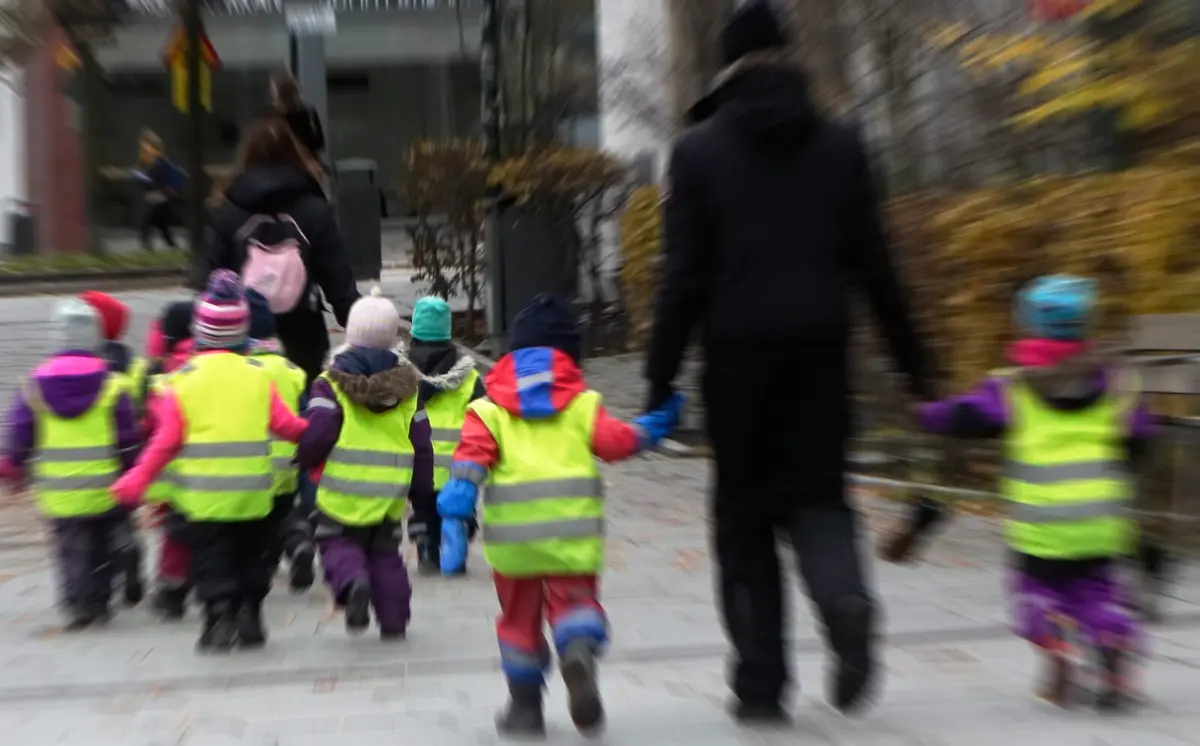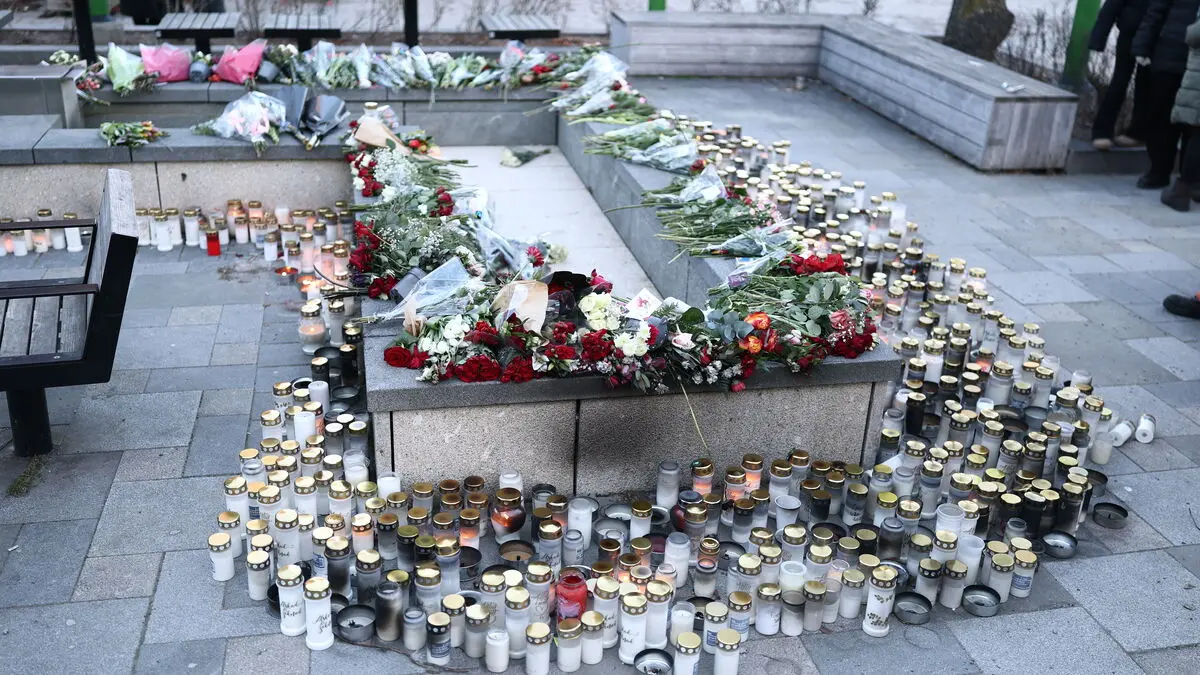The fact that the parties on the Tidö agreement want to see a compulsory language preschool for children who need it has been known for a long time. Now, the inquiry is being set up, which Prime Minister Ulf Kristersson (M) and Education Minister Lotta Edholm (L) presented at a press conference.
We see a few things that worry us a bit. We see quite large differences between children with a Swedish background and children with a foreign background in participation in preschool, says Ulf Kristersson.
This is important. If you don't participate in preschool at all, you get worse prerequisites to succeed in school later on.
May result in sanctions
The idea is that the affected children should start in language preschool at the earliest in the fall semester the year they turn three. How much attendance is required, and whether parents can risk sanctions if a child stays away, will be questions for the investigator Eva Broström, who is the preschool chief in Danderyd municipality.
She will also present proposals for language requirements for the staff.
If we really want to invest in children's language development, it doesn't work if they come to a preschool where the staff doesn't speak Swedish, said the Sweden Democrats' education policy spokesperson Patrick Reslow before the press conference.
Above the benchmark
The investigator will also present proposals for stricter regulation of the size of the children's groups. Very many preschools exceed the number that the National Agency for Education's benchmarks indicate, and therefore the government wants to see tougher requirements – law or ordinance.
The Swedish Teachers' Union (SL) conducted a survey that showed that every other children's group is too large. It's absolutely clear that not all municipalities and independent principals take their responsibility, says Lotta Edholm.
Connected to the size of the children's groups is the staff density, i.e., how many children there should be per employed person. This will also be a task for the investigator.
Preschools are also generally struggling with a shortage of trained preschool teachers and childcare workers. Lotta Edholm believes that stricter rules on the size of children's groups can improve the situation.
I think that one way to raise the status of these professions is to ensure that the working conditions in preschools are good enough. That's why many preschool teachers and childcare workers bring up the issue of children's groups, says Lotta Edholm.
She also notes that the birth cohorts are historically small.
This is a golden opportunity to do something about it, since the pressure isn't as great as it was before.
The National Agency for Education's benchmark indicates that small children's groups (1–3-year-olds) should consist of six to twelve children, and large children's groups (4–5-year-olds) nine to fifteen.
The National Agency for Education's statistics show that the average in small children's groups was 12.6 children last year. The groups with the slightly older children consisted on average of 16.1 children.
The staff density was 5.1 children per full-time employed person last year. Calculated per full-time working preschool teacher, it was approximately 12 children.
Source: The National Agency for Education





